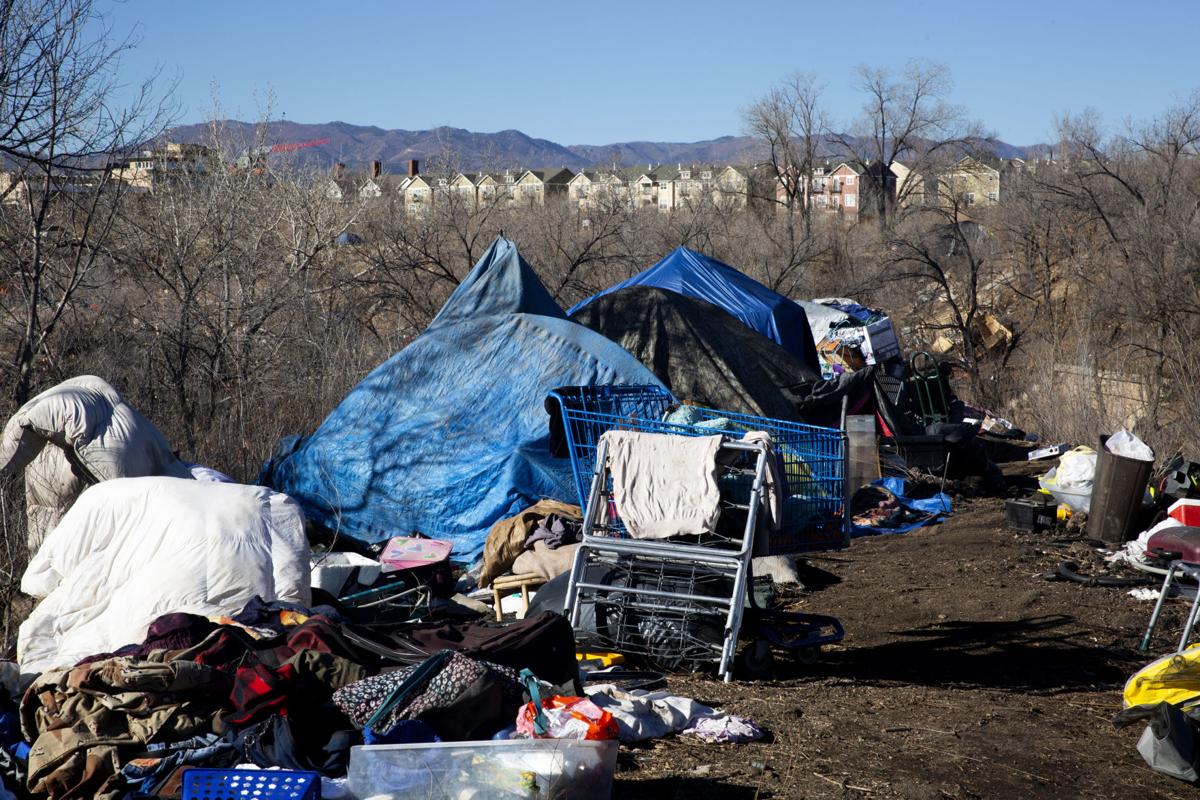
A city that just doesn’t care about the mid to lower income resident’s. A new study shows Colorado has the No. 03 highest rate of homelessness in America and saw a nearly 2% annual increase in its homeless population.
Denver has the No. 38 highest homeless rate among U.S. cities.

Denver’s annual per-person spending on homeless is twice the cost of a 1-bedroom apartment
THIS IS NOT THE SOLUTION!
Homelessness Surged In Denver. So The City Built Campsites.
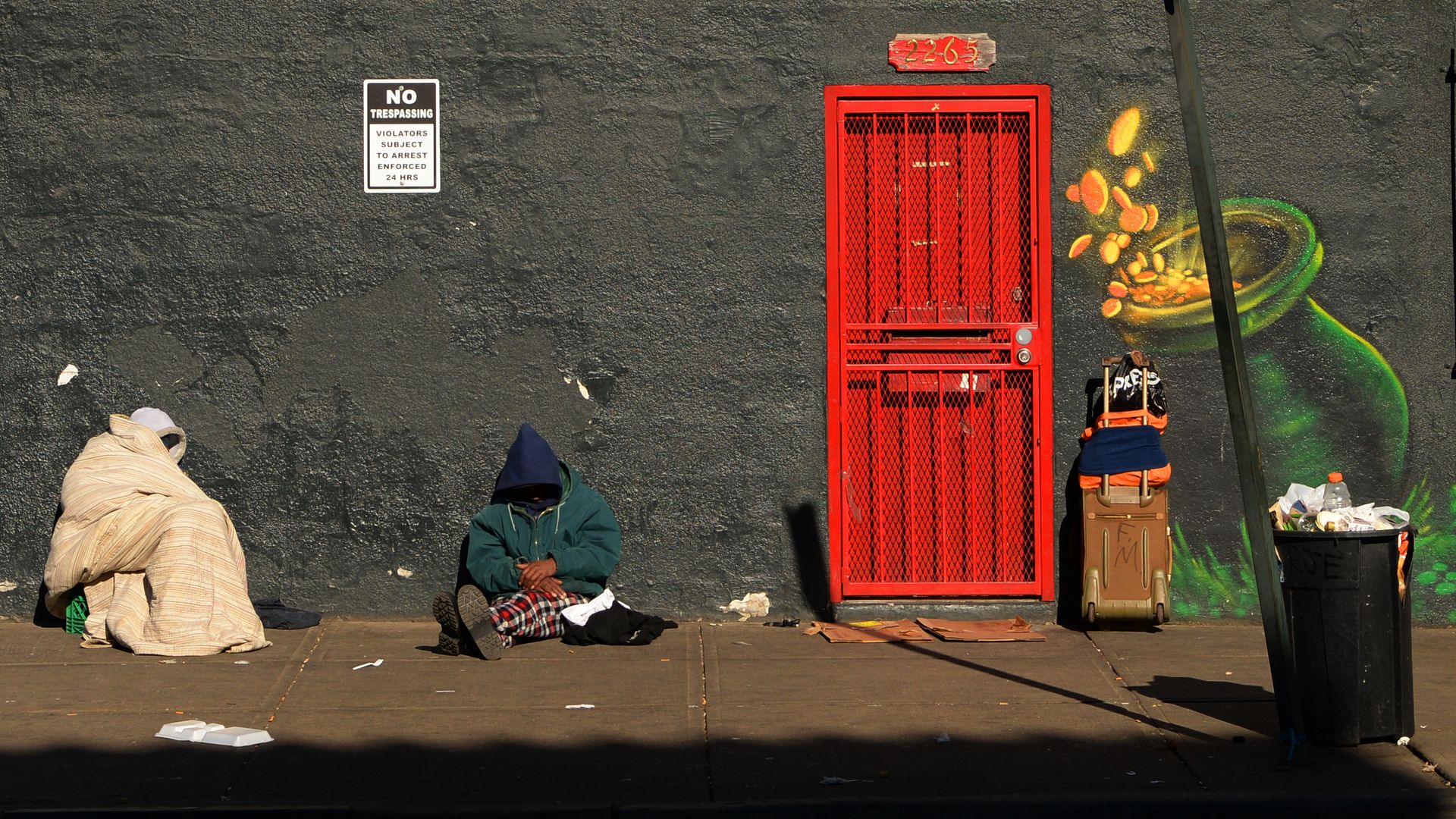
THIS IS WHAT THEY ARE BLAMING IT ON
The primary causes of homelessness remain high rent, lack of jobs and mental-health issues. Personal responsibility is a bedrock belief in this country, rooted in the puritan work ethic espoused by our nation’s founders.
Security.org today released a study on the State of Homelessness in 2021 using data released in March from the Department of Housing and Urban Development.

HUD gathers data every January and releases it in March the following year. These figures are from January 2020 showing that even pre-COVID 19 homelessness increased in each of the last four years. When the impact of the pandemic is reported by HUD next March, numbers are likely to skyrocket further.
Colorado’s homeless rate of 170 per 100,000 residents is slightly below the national average of 174. Denver’s homeless rate is 203.
Key National findings:
- The homeless population has increased each of the last four years.
- D.C. was highest with 898 per 100,000, Mississippi lowest with 37 per 100,000.
- Children account for 18% of the homeless population.
- Black people are 13% of all people in the U.S. but 39% of the homeless population.
- Top 5 States: D.C., New York, Hawaii, California, Oregon.
- Bottom 5 States: Mississippi, Louisiana, Alabama, Virginia, North Dakota.
Denver’s annual per-capita spending on the unhoused is at least twice as high as the cost of rent for a one-bedroom apartment in the city, a new report finds.
Researchers at the University of Colorado Denver and the business-oriented, “free-enterprise” advocacy group Common Sense Institute said Thursday that Denver spends between $42,000 and $104,000 each year per person experiencing homelessness. That total includes city government spending and spending on homelessness by charitable groups and Denver Health.
Rental housing groups estimate the average annual rent for a one-bedroom unit is about $20,000.
The release of this report comes one day after Denver released its five-year plan to address homelessness. Mike Strott, a spokesman for Mayor Michael Hancock, said the city doesn’t track spending for the unhoused on a per-capita basis.
Secured 10/14/2021 Unclaimed Money Search
New report shows Denver region’s homeless population is ‘significantly’ greater, more racially inequitable than previously estimated
The number of people experiencing homelessness in Denver is vastly higher than previously estimated, a new report by the Metro Denver Homeless Initiative revealed Monday.
The State of Homelessness 2020 report shows that at least 31,207 people in the metro area — including Denver, Adams, Arapahoe, Douglas, Boulder, Broomfield and Jefferson counties — accessed services or housing supports related to homelessness between July 1, 2019, and June 30, 2020.
The annual Point in Time survey, which is conducted by MDHI in January to provide a snapshot of the issue, counted 6,104 people experiencing homelessness on a single night, a significant undercount compared with new data.
“For the first time, we have real-time data on how many people are seeking support as a result of homelessness,” Matt Meyer, executive director of MDHI, said in a statement.

The State of Homelessness 2020 report is the first of its kind in Colorado, according to MDHI, and pulls from the Homeless Management Information System, a data system shared by homeless service and housing providers around the metro area.
Not unlike the Point in Time survey but to a greater extent, the latest report shows a “gross overrepresentation” of Black and Native American individuals. Black residents in the region make up just 5.3% of its population, but represent 26.4% of people experiencing homelessness, according to the HMIS count. American Indian/Alaskan Natives account for just 0.8% of the region’s population, but make up 4.8% of the area’s unhoused residents.
“While there are variances between data sets, one thing is consistent — racial inequity,” Meyer said. “We need to address this if we want to make meaningful progress on homelessness.”

This We’ll Defend Men’s Hoodie
Cotton blend knit men’s hoodie with U.S. Army emblem and embroidered motto on back, American flag patch on sleeve and more. Thermal knit lined hood.
Available in men’s sizes M to XXXL
Price:$99.95US
Data showed that most unhoused residents in the region are male and often encounter higher rates of “barriers related to physical or mental disabilities, chronic health conditions, and/or substance use than other subpopulations.” The report also found that nearly 13,000 students identified as homeless during the 2018-2019 school year, which was the most recent data available.

“This report seeks to provide a fuller, more comprehensive understanding of homelessness,” said Jamie Rife, MDHI’s director of communications and development. “In the past, we’ve focused on the Point in Time to determine the number of unhoused in our community, but now we have multiple data points to help us better understand the full impact of this issue.”
An increase in homelessness in Colorado, nationwide
Even though Northern Colorado doesn’t have a similar level of data collected from previous years to compare, national trends show that homelessness is rising.
The report to Congress found about 580,000 people experiencing homelessness on any given night in 2020, meaning homelessness nationwide rose about 2%. It was also the first time unsheltered homelessness rose while sheltered homelessness stayed relatively flat.
Almost 10,000 Coloradans were homeless in 2020, up 2.4% from the previous year according to the annual report.
“What makes these findings even more devastating is that they are based on data from before COVID-19 and we know the pandemic has only made the homelessness crisis worse,” said HUD secretary Marcia Fudge in a video accompanying the release of the federal report. The recently passed American Rescue Plan will provide an unprecedented amount of funding to support homeless services and providers.
The leading cause of homelessness, in the Denver region and across the country, is a lack of affordable housing, the report states.
“This, coupled with other systemic causes such as racial inequities, [stagnant] wages, and affordable healthcare to name a few, create economic conditions in which many among us are unable to secure and maintain stable housing,” the report reads. “The economic impacts of COVID-19 on our local, state and national economies will only worsen this shortage as thousands of our neighbors will struggle with their mortgages and rent, many for the first time. At its core, there is only one way to truly impact homelessness — housing.”
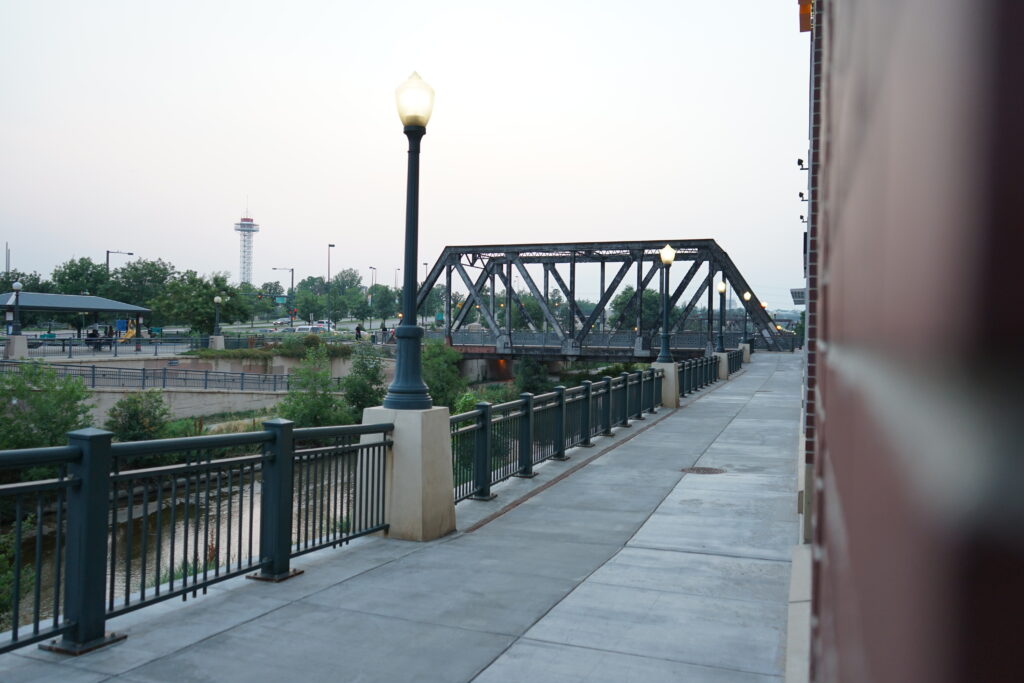
In light of the report, the advocacy nonprofit Denver Homeless Out Loud is organizing a Race and Homelessness Vigil in front of the Denver City Council Building for 5,256 minutes from 7 a.m. Wednesday until 10 p.m. Oct. 17.
“There were 1,752 BIPOC people counted homeless in Denver in January 2020,” an organizer wrote in the event description on Facebook. “This is a known undercount. To honor everyone, not just those counted, we are tripling this number to have one minute for all those counted and one minute for all those not counted.”
“Every minute that we stay in front of City Hall is a minute to stand for every single BIPOC who is homeless in our city. We stand for housing, not police, NOW.”
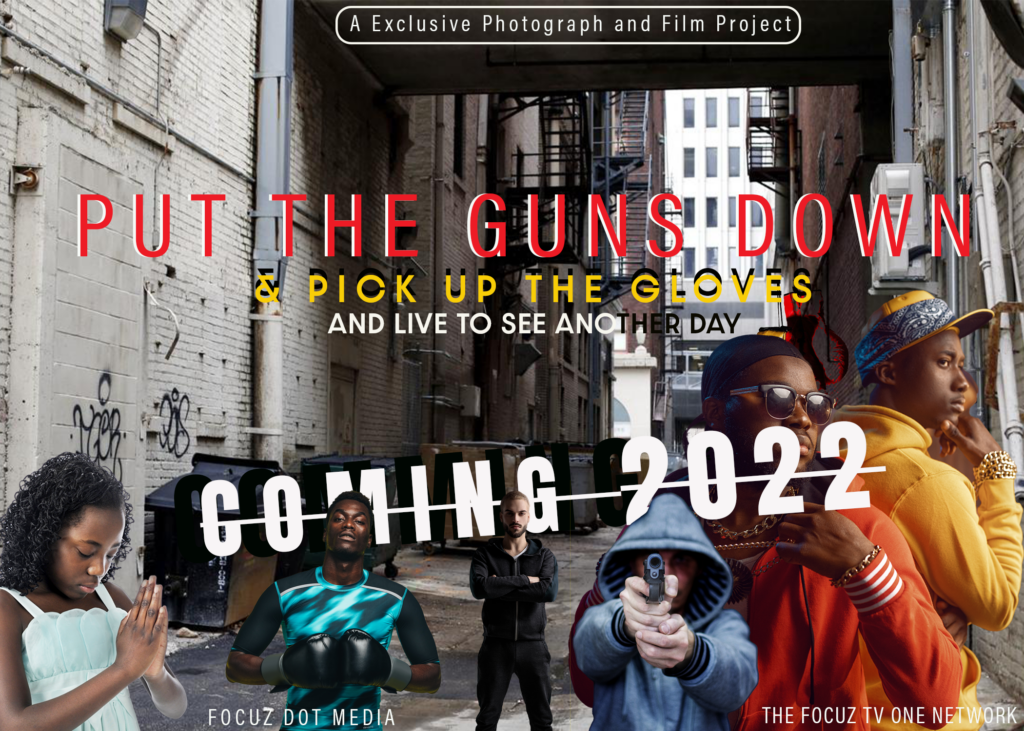
Is one of the most haunted roads in the country in Thornton?
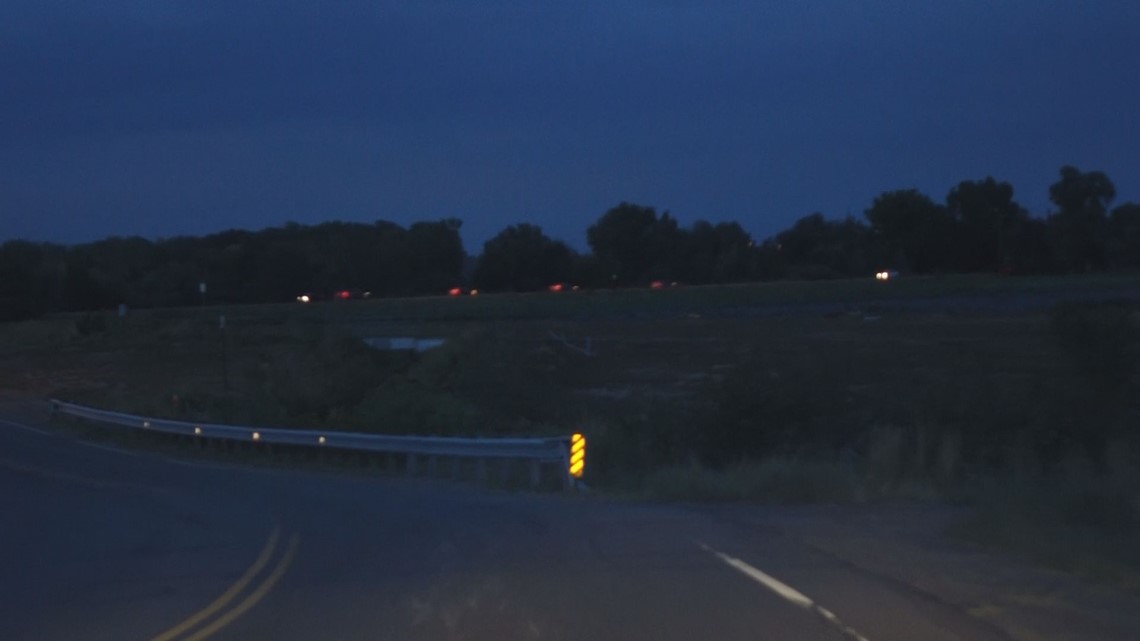
It takes a lot to scare Stephanie Smith. She’s one of the co-founders of the Denver Ghost Hunters, and spends a lot of time doing investigations in the city’s spookiest places.
But she said she had a rare feeling of fear on Riverdale Road, a winding 11-mile road that connects Brighton and Thornton.
Raiders Camp
Andre Styles (Dre) hard at work doing a raiders practice


Native American


Lion Gate is the popular modern name for the main entrance of what was the Bronze Age citadel of Mycenae in southern Greece. It was erected during the thirteenth century BC, around 1250 BC, in the northwestern side of the acropolis. In modern times, it was named after the relief sculpture of two lionesses in a heraldic pose that stands above the entrance.
She is the only remaining traditional Kalinga tattooist. Whang-Od Oggay a 104 year old tattoo artist from the Philippines.

Plaza de Bolivar, Colombia



 The Force Awakens: Aiden Anderson’s Rise in Dallas Amateur Boxing
The Force Awakens: Aiden Anderson’s Rise in Dallas Amateur Boxing  Thomas Edward Patrick Brady Jr, Shedeur Sanders, Travis Hunter, Shilo Sanders, Jimmy Horn Jr, Global Don, and more
Thomas Edward Patrick Brady Jr, Shedeur Sanders, Travis Hunter, Shilo Sanders, Jimmy Horn Jr, Global Don, and more  Denver Public Schools has resolved to shut down seven schools, facing considerable opposition in the process.
Denver Public Schools has resolved to shut down seven schools, facing considerable opposition in the process. 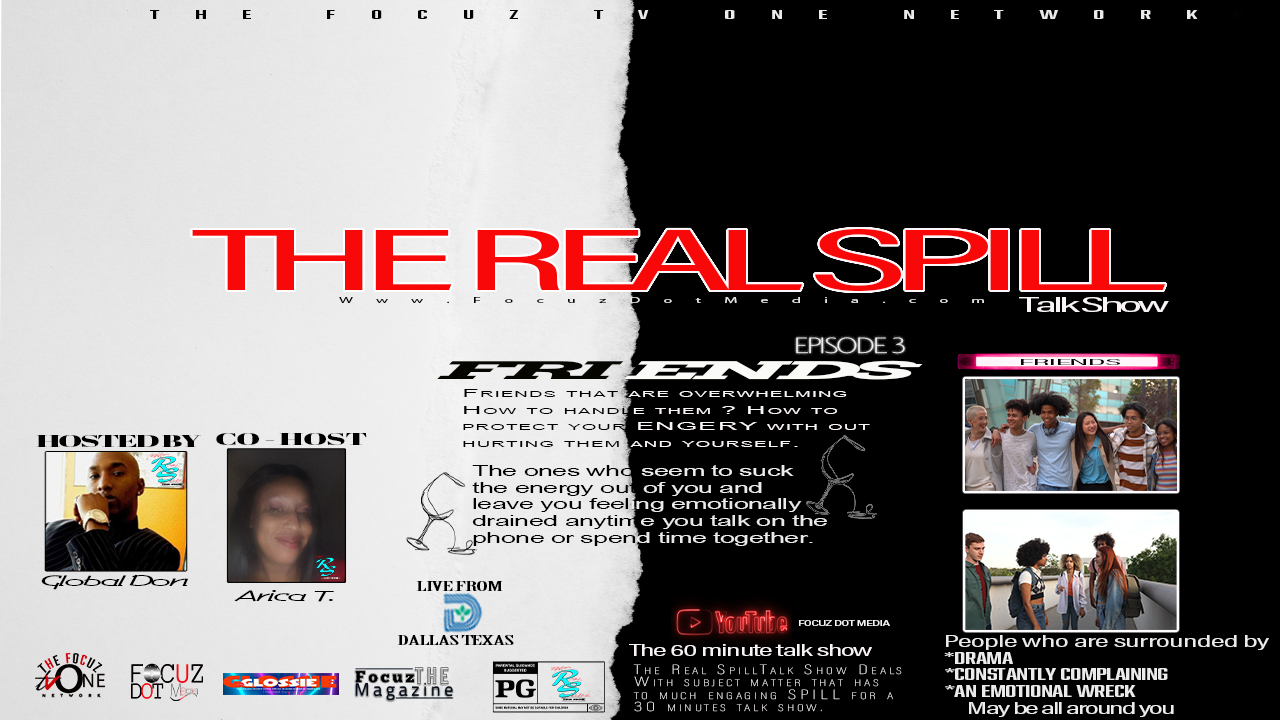 The Real Spill Talk Show -Overwhelming Friends-
The Real Spill Talk Show -Overwhelming Friends-  SNACO
SNACO  Was it really about the Lil Wayne Concert
Was it really about the Lil Wayne Concert  Sofia Llamas: A Force for Good in Colorado – Igniting Hope and Empowering Communities
Sofia Llamas: A Force for Good in Colorado – Igniting Hope and Empowering Communities  Trump administration offers to pay plane tickets, give stipend to self-deporting immigrants
Trump administration offers to pay plane tickets, give stipend to self-deporting immigrants